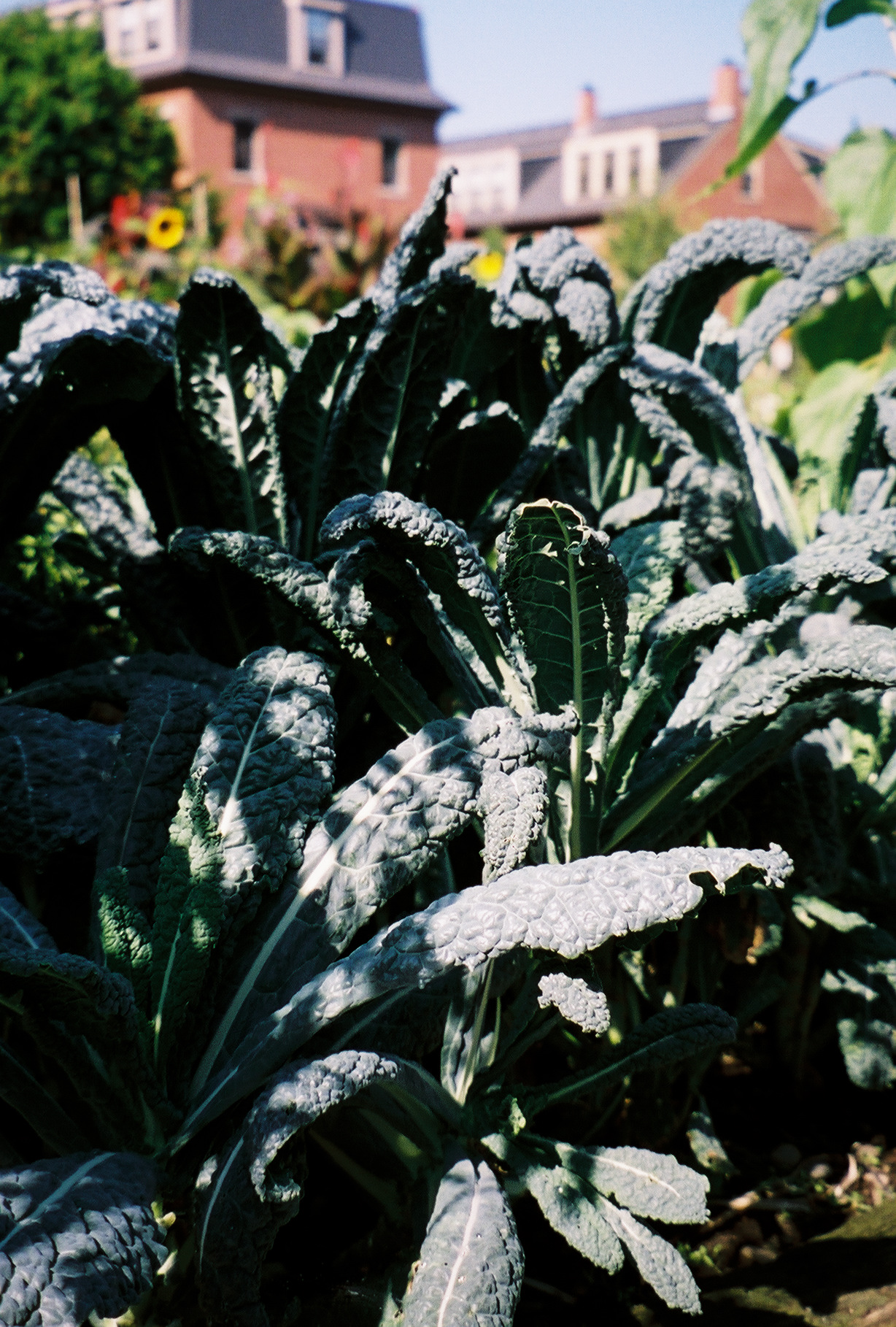Cavolo nero on:
[Wikipedia]
[Google]
[Amazon]
 Lacinato kale (, ) or, in Italian and often in English, (, ; literally "black cabbage") is a variety of kale with a long tradition in
Lacinato kale (, ) or, in Italian and often in English, (, ; literally "black cabbage") is a variety of kale with a long tradition in
Kale
on WH Foods Brassica oleracea Leaf vegetables
 Lacinato kale (, ) or, in Italian and often in English, (, ; literally "black cabbage") is a variety of kale with a long tradition in
Lacinato kale (, ) or, in Italian and often in English, (, ; literally "black cabbage") is a variety of kale with a long tradition in Italian cuisine
Italian cuisine (, ) is a Mediterranean cuisine David 1988, Introduction, pp.101–103 consisting of the ingredients, recipes and cooking techniques developed across the Italian Peninsula and later spread around the world together with wave ...
, especially that of Tuscany
it, Toscano (man) it, Toscana (woman)
, population_note =
, population_blank1_title =
, population_blank1 =
, demographics_type1 = Citizenship
, demographics1_footnotes =
, demographics1_title1 = Italian
, demogra ...
. It is also known as Tuscan kale, Italian kale, dinosaur kale, kale, flat back kale, palm tree kale, or black Tuscan palm. Lacinato kale has been grown in Tuscany for centuries, and is one of the traditional ingredients of minestrone
Minestrone (; ) is a thick soup of Italian origin made with vegetables, often with the addition of pasta or rice, sometimes both. Common ingredients include beans, onions, celery, carrots, leaf vegetables, stock, parmesan cheese and tomatoes ...
and ribollita
Ribollita is a Tuscan bread soup, panade, porridge, or potage made with bread and vegetables, often from leftovers. There are many variations but the main ingredients always include leftover bread, cannellini beans, lacinato kale, cabbage, a ...
.
Description
Lacinato kale grows tall and has dark blue-green leaves with an "embossed texture"; its taste is described as "slightly sweeter and more delicate" than curly kale and "slightly bitter ndearthy". The lacinato variety is sometimes called ''dinosaur kale'' because its bumpy leaves may resemble what dinosaur skin looked like, and perhaps because the unique appearance of the leaves is evocative of primordial flora. Because of its taste, it has been called "the darling of the culinary world".Preparation and dishes
Lacinato kale, like most other kale varieties, is usually blanched first, and then sautéed with other, flavourful ingredients; in Campanian cuisine,anchovies
An anchovy is a small, common forage fish of the family Engraulidae. Most species are found in marine waters, but several will enter brackish water, and some in South America are restricted to fresh water.
More than 140 species are placed in 1 ...
are often added. It is commonly used in pastas and soups, but can also be eaten raw, in a salad.
In Tuscan cuisine
Italian cuisine (, ) is a Mediterranean cuisine David 1988, Introduction, pp.101–103 consisting of the ingredients, recipes and cooking techniques developed across the Italian Peninsula and later spread around the world together with wa ...
, lacinato kale is often used in ribollita
Ribollita is a Tuscan bread soup, panade, porridge, or potage made with bread and vegetables, often from leftovers. There are many variations but the main ingredients always include leftover bread, cannellini beans, lacinato kale, cabbage, a ...
(literally: "reboiled"), a thick, hearty soup made up of ingredients cooked for a meal the day before.
In Dutch, it is called (as in German) or , referring to the palm-like shape with the leaves growing from the stem, especially after the bottom leaves are harvested. In Swedish and Finnish, it is known as or , meaning 'black cabbage'.
Cultivation
Lacinato kale dates to the 18th century in Italy. Thiscultivar
A cultivar is a type of cultivated plant that people have selected for desired traits and when propagated retain those traits. Methods used to propagate cultivars include: division, root and stem cuttings, offsets, grafting, tissue culture ...
is popular among gardeners because of its colour and texture, and was amongst the plants Thomas Jefferson
Thomas Jefferson (April 13, 1743 – July 4, 1826) was an American statesman, diplomat, lawyer, architect, philosopher, and Founding Father who served as the third president of the United States from 1801 to 1809. He was previously the natio ...
recorded in his 1777 garden at Monticello
Monticello ( ) was the primary plantation of Founding Father Thomas Jefferson, the third president of the United States, who began designing Monticello after inheriting land from his father at age 26. Located just outside Charlottesville, V ...
. The plant grows to a height of two feet, with blistered leaves often over in length and wide. The straplike leaves are typically harvested from the bottom of the stem, leaving the remainder of the plant resembling a palm tree.
References
{{reflist, 2External links
Kale
on WH Foods Brassica oleracea Leaf vegetables